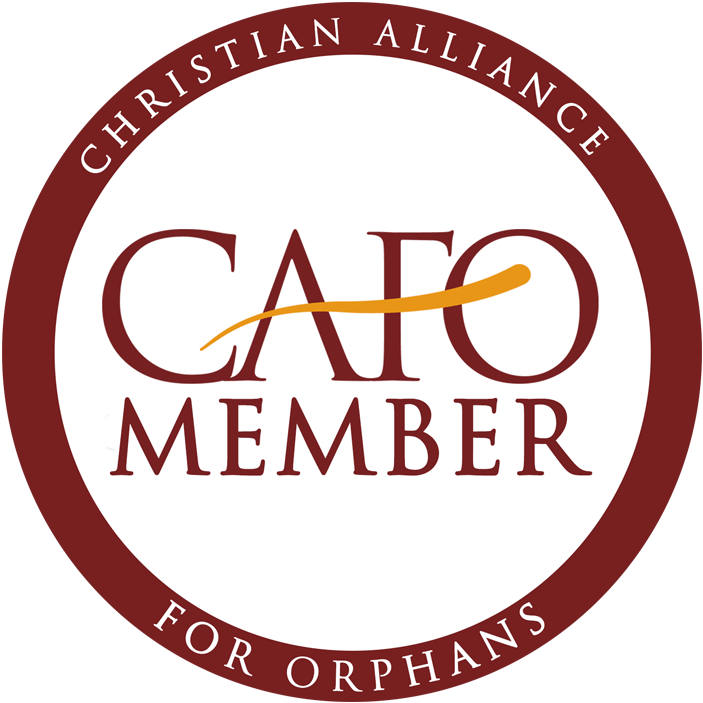
The story I have for you today spans many roles in the foster care community. My guest, Raquel McCloud, entered kinship care when she was just a young child. Kinship care is when a relative or close family friend takes the role of foster parent instead of a caregiver previously unknown to the child. There are many instances of informal kinship care occurring as well as formal kinship care.
In many cases of kinship care, the relatives are left without many resources to help them establish boundaries with the biological parent who is also their own family member. In today’s episode, Raquel shares her personal story of growing up in kinship care, becoming pregnant as a teen, and how she was given no other option but for her child to be placed for adoption.
In spite of all she has been through, today Raquel is a birth mom in reunion with the very child she placed for adoption, a kinship adoptive mom to her half-sister, and an advocate for adoption, foster care, and other important topics. While Raquel wishes her life had been kinder, she is thankful that others can be inspired and learn from her experience going from a child in kinship care and biological teen mom to a birth mom in reunion and a kinship adoptive mom.
I am so grateful to Raquel for sharing her story!
TAKEAWAYS FROM TODAY’S CONVERSATION:
1. Kinship care is preferred but very few places offer in-depth resources.
Many agencies prefer kinship care as it can be better for the child since they are placed with either a relative or a close family friend. However, many agencies do not have well-developed resources tailored to kinship parents’ unique situation. When the biological parent is also related to the foster parent, it can be difficult to create healthy boundaries for the child. Additionally, there are many informal kinship care situations that exist outside the formal foster care system. These informal kinship care situations do not typically receive as many resources or trainings.
“Across the states from the east to the west, most agencies are prioritizing kinship care placements over the traditional non-relative foster placements.”
2. In kinship care, you are responsible for setting boundaries.
In traditional foster care, agencies as well as local regulations have certain boundaries already in place between biological parents and foster families. However, in kinship care, there are often less of those in place due to the biological parents being connected to both the foster parents and the child. As such, you have to set healthy boundaries that keep the children safe in the unique circumstance.
“One of the huge factors of kinship care that is not getting talked about is setting healthy boundaries.”
3. Have compassion for the person behind the decision.
We are all human and we experience hard seasons that cause us to face difficult decisions. It’s important that we lead with compassion for the people behind that decision rather than judge them by the decision alone. We don’t know everything they went through and what factors caused them to make it.
“Meeting the humanity behind the label helps people understand deeper.”

Meet Our Guest
Raquel McCloud is a former child of kinship care, a birth mom in reunion, and a kinship adoptive mom. She is also a writer and speaker who uses her platform to educate and advocate for adoption, foster care, and other hard topics. Raquel has created numerous resources from children’s books to guides, articles, speaking engagements, and more to support those in the foster care community.
Get encouragement and updates in your inbox.
Be the first to know about new episodes, posts, resources, and stay in the loop about what’s coming up.
Other Episodes You Might Enjoy:










